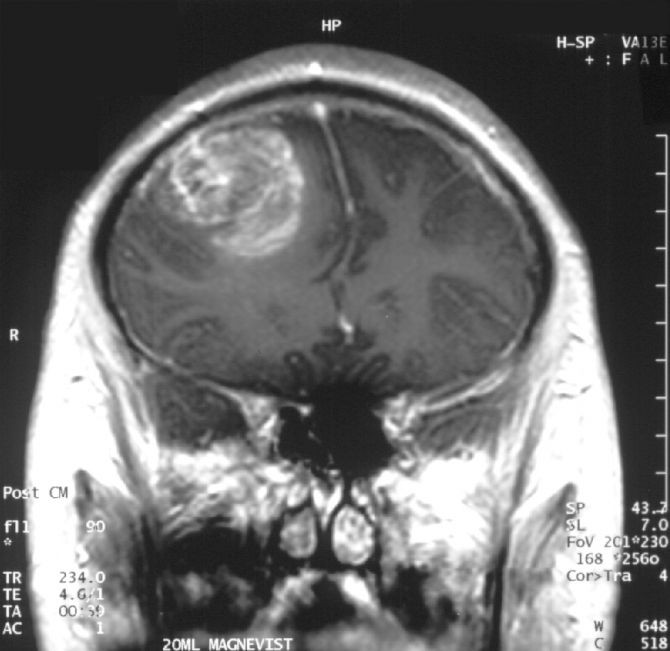Stem Cells May Cause Tumors: Study

Researchers and physicians alike have long struggled with how to keep cancers from returning. In the laboratory, treatments will kill every last tumor cell, but in the patient, tumor cells will shrink only slightly or return unceremoniously.
Three studies have emerged today theorizing that chemotherapy and cancer research has been going about treatment all wrong. Instead of targeting the tumors themselves, and hoping to shrink them, we should be targeting the cells that cause them. The studies put forward the controversial theory that tumor cells are caused by stem cells.
This hypothesis differs from the standard one widely believed now, that says that any and all cancerous cells can create a tumor. But these three studies call that idea into question. The physicians believe that all tumor cells are created from a hierarchy, with cancerous stem cells originating all tumors.
The first study, published in Nature, was conducted by Gregory Driessens and his team, in Brussels. They analyzed skin cancer, without targeting stem cells specifically. They found that cells divided one of two ways: either reproducing a handful of times and then fading away, or reproducing many, many cells. What's more, they found that, when tumors became more aggressive, they produced more stem cells, which can reproduce indefinitely.
The second study was led by Arnout G. Shippers, and was published in Science. Shippers genetically modified mice to carry a genetic marker that, when activated by certain drugs, turned labeled tumor cells one of four fluorescent colors. When they activated the markers, all of the cells, of various types, turned the same color, indicating that they came from a single stem cell. When they injected a different drug, the cells all turned a different color, confirming their earlier hypothesis.
The third study, also published by Nature, was performed by Jim Chen and his team in Dallas, Texas and New York City. They studied cells in glioblastoma, a certain malicious type of brain cancer. They wanted to know whether a genetic marker that labels neural stem cells would also label cancerous stem cells in glioblastoma. They found that all cells contained a few labeled cells – presumably stem cells – but many more unlabeled cells. They found that, if they targeted the tumors with chemotherapy, the unlabeled cells would disappear, but the labeled cells would not. More importantly, the unlabeled cells would return. Further tests indicated that the unlabeled cells all originated from the same predecessors. If the labeled cells were targeted, the tumors would wither away into vestiges of their former selves, without even a resemblance to glioblastoma.
Researchers are concerned that their research may not to apply to every type of cancer, although if it does it would light the way to new forms of cancer treatment.
Published by Medicaldaily.com



























